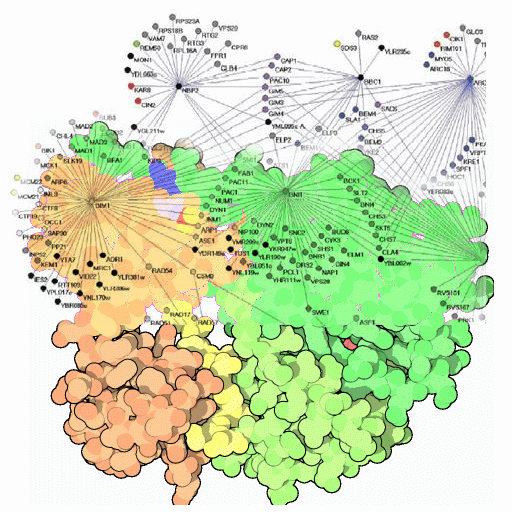
The Struct2Net server makes structure-based computational predictions of protein-protein interactions (PPIs). The input to Struct2Net is either one or two amino acid sequences in FASTA format. The output gives a list of interactors if one sequence is provided and an interaction prediction if two sequences are provided.
The predictions are made by a structure-based threading approach. Given two protein sequences (or one sequence against all sequences of a species), the structure-based interaction prediction technique threads the sequence to all the protein complexes in the PDB and then chooses the best potential match. Based on this match, it uses machine learning techniques to predict whether the two proteins interact. This approach currently does not rely on any other functional genomic information (e.g. co-expression or cellular localization) and is hence independent of these. It may serve as an additional input into an integrative computational framework for predicting novel PPIs based on information from multiple sources.
See our publication in PSB 2006 for more information about the approach.
Web services provided by Struct2Net are available on the Download page.
UPDATES:
[2011]: Improved predictions using the iWRAP algorithm. Select "iWRAP" as your prediction algorithm when making your query selection.
[2012]: We are currently incorporating Coev2Net into Struct2Net. For the time being, please refer to Coev2Net.
OR